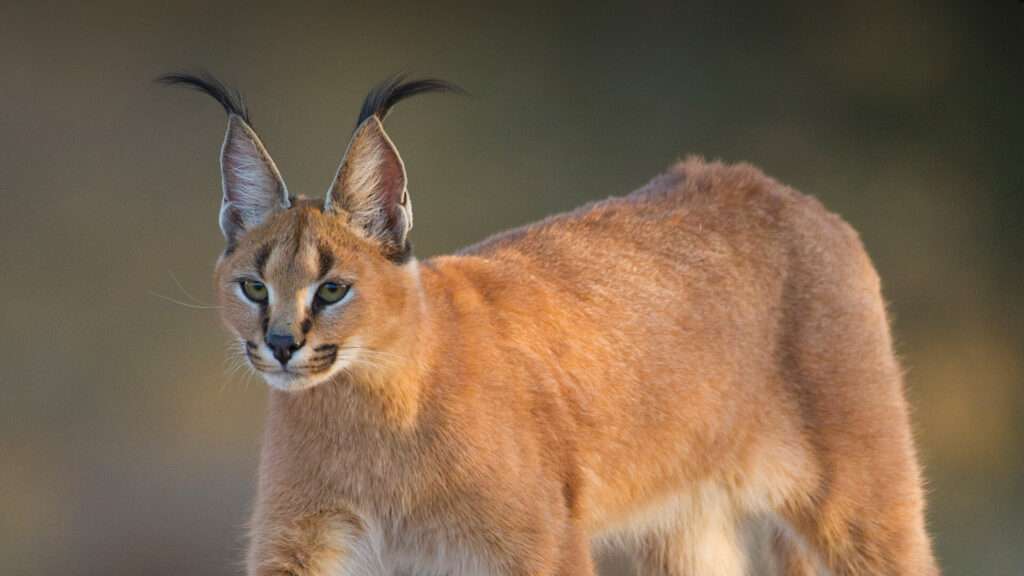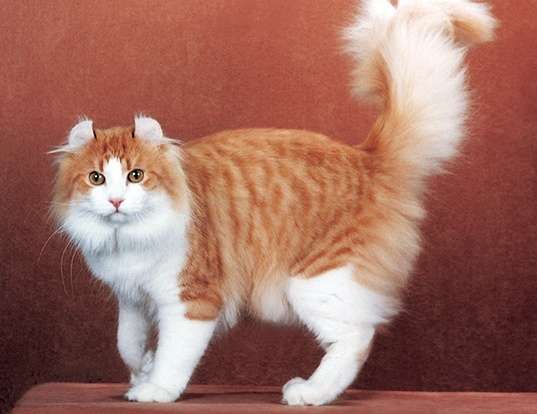
Description
Scientific name: Caracal caracal
Life span: Up to 12- 17 years
The caracal is a slim, medium-sized cat with long legs and tufted ears. It has a small face, big canines, and strong and long limbs. Their body length is about 40–50 cm. They have a bushy and tan-colored tail that prolonged up to hock. Caracal exhibits sexual dimorphism. Male caracals are larger in size as compared to females. Caracals have eyes that are brown-yellow in color and have round pupils rather than slits. They have to distinguish thin black stripes extending from nose to eye along the center of the forehead. The newborns have red-colored patches on their bellies that disappear when they get matured. They are carnivores and prefer to hunt rodents, kudu, monkeys, hyraxes, and impala.
Native Region/Habitat
The caracals are native to India, Africa, and the middle east. They inhabit hilly steppe, savanna, dry mountains, semi-desserts, and dry woodlands.
As Pet

Behavior/Temperament
Caracals often live alone and monitor their territory while ferociously guarding it. The male caracals do not typically stay to assist with child-rearing; most of them just congregate to mate. Caracals can run extremely quickly and make almost no noise when they dash at their prey because their footpads are padded by thick fur. They are nocturnal and communicate with a variety of hisses, splits, growls, and meows.
Caracals are not a good choice as a pet. They are very aggressive and not very social animals. In captivity, Caracals must not be kept with other pets because they harm them by using them as a food source. Some caracals kept as pets get used to people and make devoted friends. It would be untrue to state that nobody has ever successfully raised caracals without causing harm to people or other animals. Caracals kept as pets, however, have occasionally been known to turn hostile or flee, then hunt anything they can find.
Care/Grooming:
Caracal kittens can be raised as pets, but there are guidelines and particular considerations. if they are to be maintained as pets legally, they must be declawed. Caracal newborns would also have reached adulthood by the time they turned one and may behave aggressively between August- December when they are in their breeding season.
Table





